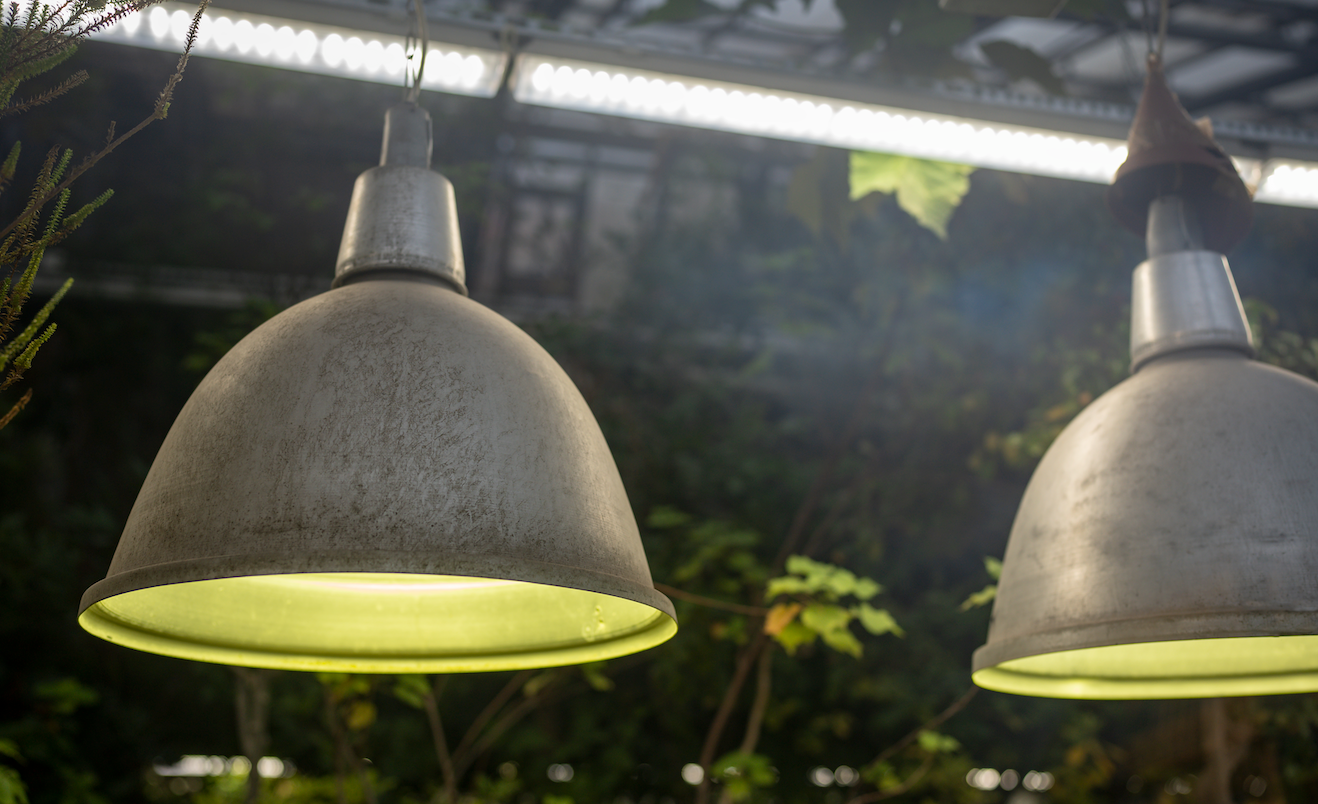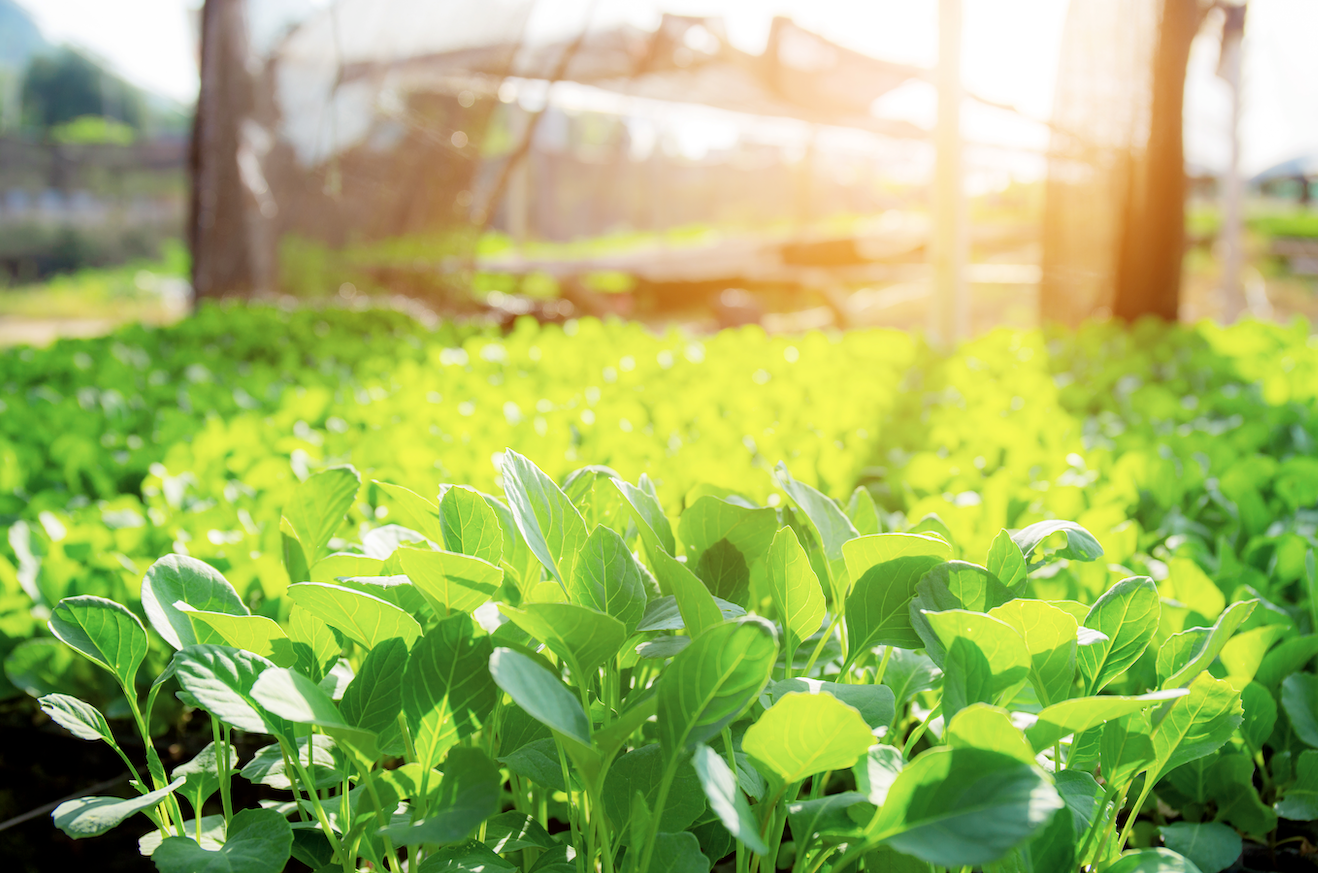Hydroponic Tomatoes - A Grower’s Guide
Hydroponic Tomatoes
Even though a lot of people consider tomatoes to be vegetables, they are technically a fruit. Regardless of what you call them, they are an extremely versatile savory food you can grow and enjoy all year round. Many people think that growing tomatoes is difficult even if you have a big garden with healthy soil, let alone through hydroponics. However, I am here to tell you that growing hydroponic tomatoes is not as difficult as it might seem. In this article, we will cover everything you need to know to grow hydroponic tomatoes, from choosing a hydroponic system to harvesting fresh, delicious tomatoes that you’ve grown yourself at home. So, without further ado, let’s get right into it!
How to Grow Hydroponic Tomatoes
Best Hydroponic System for Tomatoes
While tomatoes can be grown in virtually any type of hydroponic system, they do best in ebb and flow, NFT, aeroponic, and drip systems, including Dutch bucket systems, which are a type of drip system. You can also grow tomatoes in a DWC system with a bit of work. We’ve covered how these different systems work and how you can build DIY hydroponic systems at home in our previous articles, which you can find here:
6 different types of hydroponic systems
Choose Your Growing Medium
Your choice of growing medium will depend on the type of system you choose to go for; however, expanded clay pellets work pretty well with tomatoes. You can also use coconut coir, and you can mix it with perlite or vermiculite to increase moisture retention. If you’d like to learn more about different types of growing mediums, we have an article about that here.
Choose Your Nutrient Mix
There are specific nutrient mixes for tomatoes, and I would suggest going with that if you can find it. If you can’t find a nutrient mix made specifically for tomatoes, you can choose a low-nitrogen mix. I would highly recommend going for an organic nutrient mix, as you will be eating the tomatoes, and you don’t want your food growing with chemicals. If you’d like to learn more about hydroponic nutrients, we have a whole section dedicated to that topic here.

Choose Your Grow Lights
If you’re growing indoors, you will need grow lights for your tomatoes. I would recommend going for LED grow lights because they are highly versatile and energy efficient. They are more expensive that other options, such as MH or HPS grow lights, but they don’t lose their effectiveness over time and will save you money on electricity bills. Full-spectrum or RGB LED grow lights can also be used during all stages of plant growth, unlike MH or HPS grow lights. If you’d like to learn more about grow lights, we have a whole section on our website dedicated to hydroponic grow lights here.
Support for Plants
Tomato plants need support to grow in most cases, so you will likely need a trellis. Many hydroponic growing kits have an incorporated trellis or a frame you can tie the tomato plants to. If your kit doesn’t have any support for plants or if you made a DIY hydroponic system, you can attach a trellis or even poles and sticks that you can tie your tomato plants to. Or you can keep the tomato plants low, either by choosing a short variety or by pruning the plants.
Start Tomatoes from Seed or Buy Seedlings
You can start tomatoes from seed, and while it takes a bit more effort that buying seedlings, it is much cheaper and gives you a much better choice of variety of tomatoes. You can find more information on starting hydroponic plants here.
Prepare the Nutrient Solution
The acidity and the electrical conductivity of the nutrient solution are the two key parameters in hydroponics. The best pH for tomatoes is between 6.0 and 6.5. The EC level for tomatoes should be between 2.0 and 5.0.
Maintain Proper Air and Water Temperature
Your tomatoes won’t grow well if the air or the nutrient solution temperature is too cold or too hot. The optimal air temperature for tomatoes during the day is 21–27ºC (70–80ºF) and during the night 17–18ºC (63–65ºF). You will need to have a proper ventilation system in your grow room to maintain the optimal temperatures for your tomatoes. Optimal hydroponic water temperature for tomatoes is between 20 and 22ºC (68–72ºF); however, you do not have to keep it within this range all the time. Just make sure it doesn’t go below 15ºC (60ºF) or above 27ºC (80ºF). We have articles on ventilation system for your grow room as well as maintaining the optimal temperature in your grow room and the optimal water temperature in your hydroponic systems. You can find the articles here:
For more great content check out the Proponics YouTube channel below!

By Max Barnes
Max Barnes is a long-time homesteader and author. Max grows the majority of his own food year-round using a variety of different methods, including hydroponics. Hydroponic gardening plays a huge part in his homestead and self-sufficiency goals.




